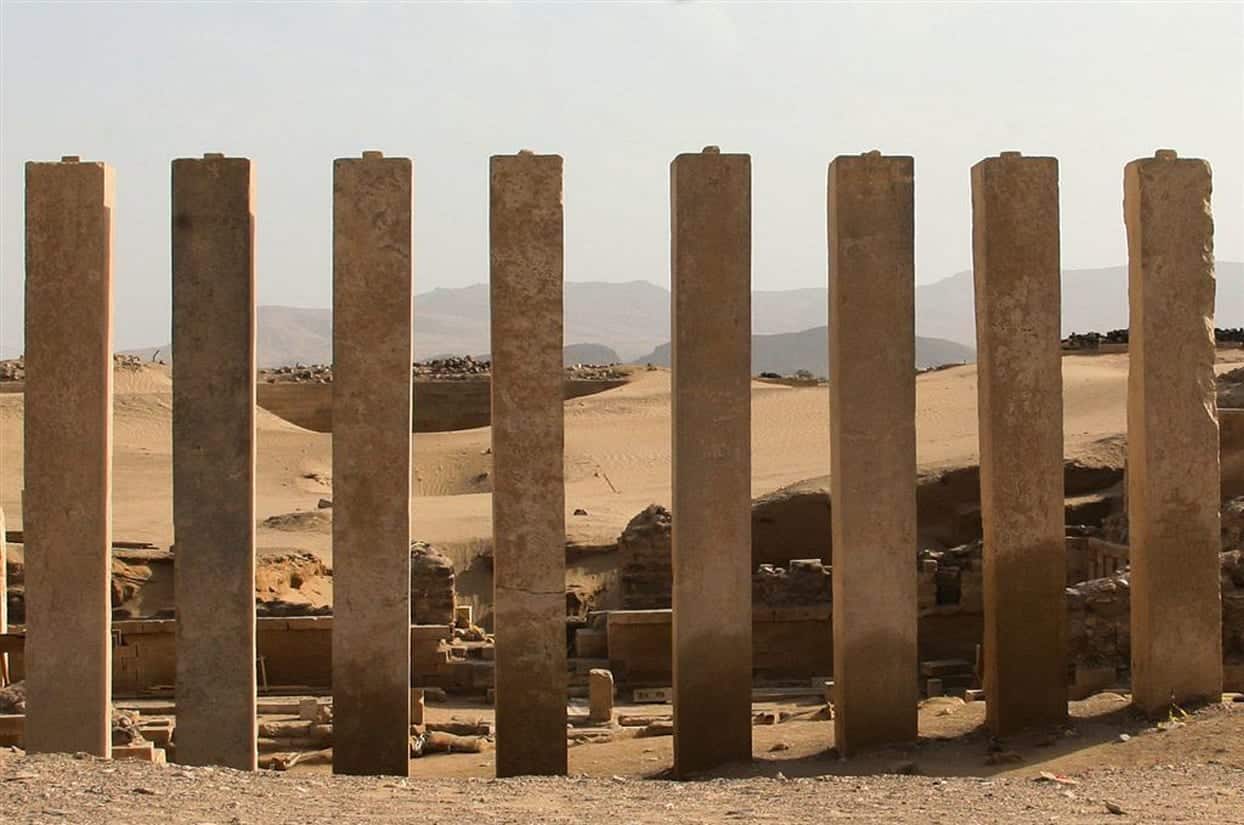Ma’rib is an archaeological site and former capital of the ancient kingdom of Saba in modern-day Ma’rib in Yemen.
Ma’rib is located in the region of the Sarawat Mountains and was founded by the Sabaeans, an ancient people of South Arabia who were one of the sha`bs living on the edge of the Sayhad desert.
Some biblical scholars suggest that Ma’rib was the centre of the Kingdom of Sheba, although ruins in many other countries, including Sudan, Egypt, Ethiopia and Iran have all been credited with the same distinction.
The date for the formation of the Sabaean kingdom is debated amongst archaeologists, with one proposed date being sometime between 1200 BC and AD 275, whilst another suggests from the 8th century BC.
The city flourished as a centre of trade on the caravan routes, that linked the Mediterranean with the Arabian Peninsula and held a trade monopoly on the movement of frankincense and myrrh in the region.

Ma’rib was built at an oasis and centred on a large mound later named the Acropolis. Surrounding the city was a defensive 2.7-mile wall with regular punctuated towers and curtains. The city contained the Royal Palace Salḥīn and various dwellings only visible today as mounds. On the Acropolis are many impressive tower houses that are locally called “Old Ma’rib”, but these date from the medieval period and reused some of the building materials from the ancient city for their construction.
Principle sites in the vicinity of the city include the Great Dam of Ma’rib, built in the 8th century BC (although recent archaeological findings suggest that simple earth dams were constructed as far back as 2000 BC) to capture the periodic monsoon rains which fall on the nearby mountains and irrigate the land around the city.
To the south is the Awwām temple, a large temple complex dedicated to the principal deity of Saba, Almaqah. The temple consists of eight large propylaeum pillars that mark the entrance to a large rectangular peristyle hall, and an oval-shaped enclosure. Nearby is the Barran Temple, another temple complex dedicated to Almaqah.
Header Image Credit : Eric Lafforgue – Replicated with permission







